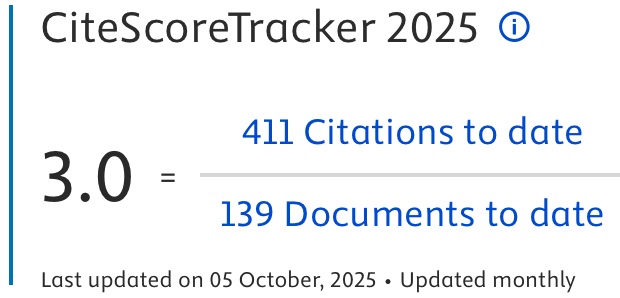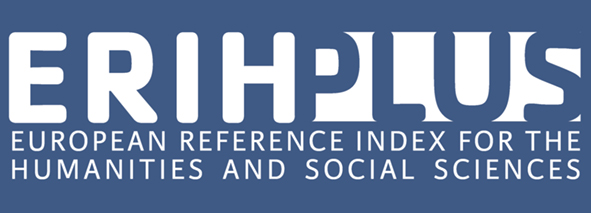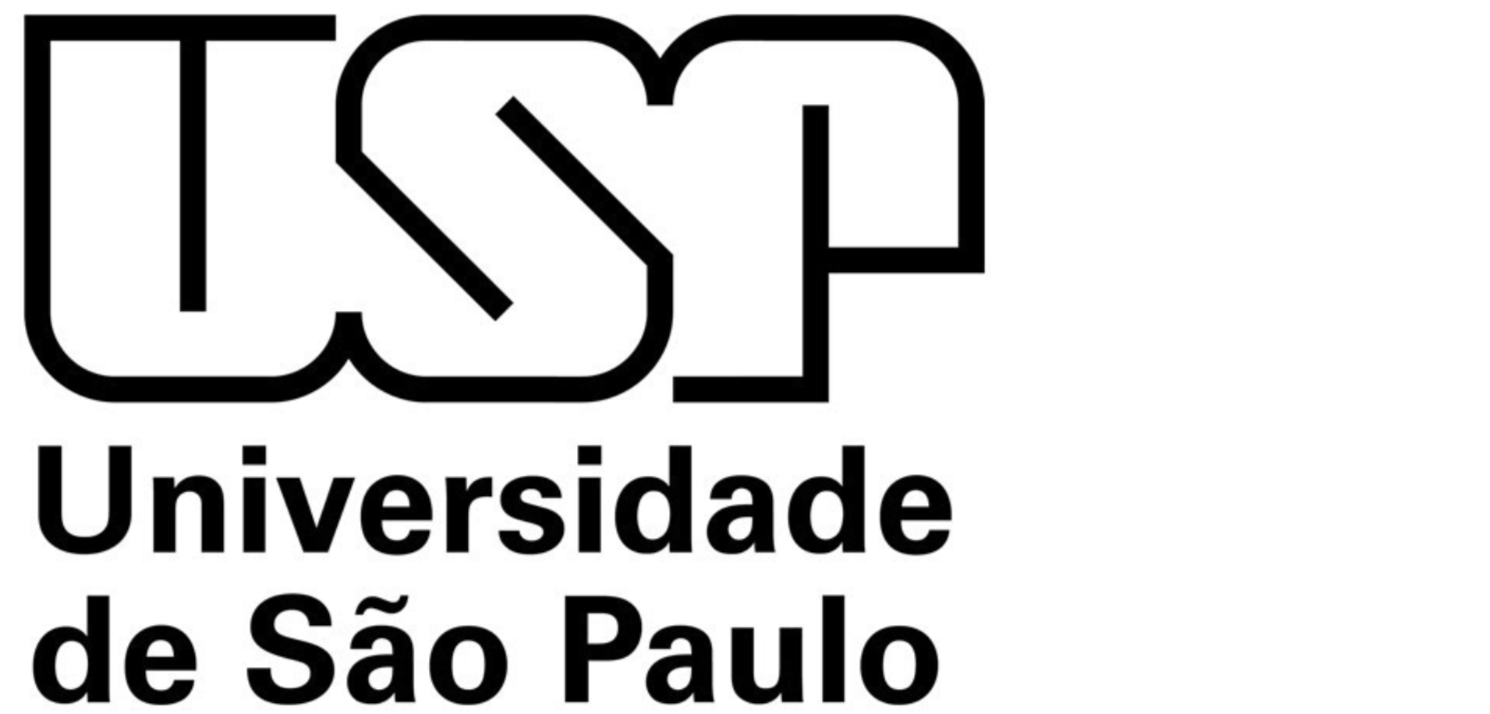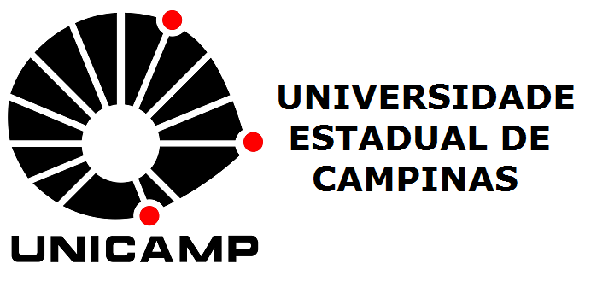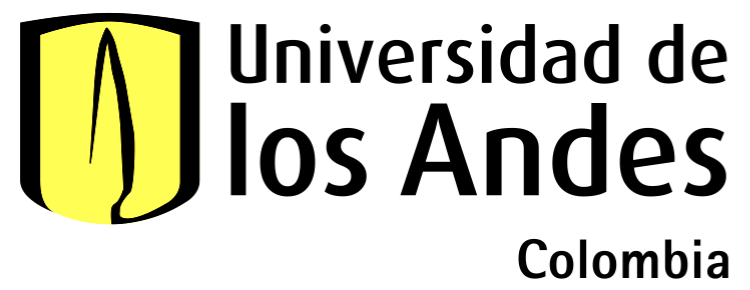Living the University – Guidelines for new campuses and public spaces for sustainable urban livability
DOI:
https://doi.org/10.69143/2464-9309/17142025Keywords:
campus livability, sustainable urban projects, public spaces, social condensers, communityAbstract
The role of university campuses is evolving from closed, self-referential spaces to open and inclusive urban infrastructures capable of responding to the needs of academic and city communities. This study analyses the liveability of university public spaces through a methodology that identifies guidelines for designing sustainable, accessible, and city-integrated campuses. The research tested these principles through three redevelopment and new construction projects at the University of Pisa, demonstrating how architecture can be a tool for urban regeneration. The adopted approach promotes social inclusion, well-being, and sustainability, creating a replicable model for future campus development, in line with SDGs 3, 4, 5, and 11.
Article info
Received: 17/03/2025; Revised: 14/04/2025; Accepted: 23/04/2025
Downloads
Article Metrics Graph
References
Ali, M. and Kim, Y. (2020), “Can a University Campus work as a public space in the metropolis of a developing country? The case of Ain-Shams University, Cairo, Egypt”, in Sustainability, vol. 12, issue 17, article 7229, pp. 1-24. [Online] Available at: doi.org/10.3390/su12177229 [Accessed 14 April 2025].
Andaloro, B., de Waal, M. and Suurenbroek, F. (2022), “Lo spazio pubblico adattivo – Esplorare la transizione digitale per il benessere sociale e ambientale | Adaptive public spaces – Exploring digital transition for social and environmental benefit”, in Agathón | International Journal of Architecture, Art and Design, vol. 12, pp. 68-75. [Online] Available at: doi.org/10.19229/2464-9309/1262022 [Accessed 14 April 2025].
Bagnato, V. P. (2021), “Design and Public Space – The University Campus’ Open Spaces between Rituality and Non-normativity”, in Forum A+P | Interdisciplinary Journal of Architecture and Built Environment, vol. 22, pp. 62-69. [Online] Available at: researchgate.net/profile/Valerio-Perna/publication/349396555_FORUM_AP22_Foreseeing_Uncertainty_Design_ and_non-normativity_ISSN_2227-7994/links/602e566b299bf1cc 26d2bb1d/FORUM-A-P22-Foreseeing-Uncertainty-Design-and-non-normativity-ISSN-2227-7994.pdf#page=62 [Accessed 14 April 2025].
Berretta, T., Desideri, F. and Staltari, M. (2024), “Il progetto dello spazio pubblico, tra complessità e crisi ecologica – Da sfida a opportunità per la rigenerazione urbana | Public space project, between complexity and ecological crisis – From challenge to opportunity for urban regeneration”, in Agathón | International Journal of Architecture, Art and Design, vol. 16, pp. 74-87. [Online] Available at: doi.org/10.19229/2464-9309/1662024 [Accessed 14 April 2025].
Bokov, A. (2023), Lessons from the Social Condensers – 101 Soviet Workers’ Clubs and Spaces for Mass Assembly, Gta Verlag, Zurich.
Bringle, R. G. and Hatcher, J. A. (2002), “Campus-community partnerships – The terms of Engagement”, in Journal of Social Issues | A Journal of the Society for the Psychological Study of Social Issues, vol. 58, issue 3, pp. 503-516. [Online] Available at: doi.org/10.1111/1540-4560.00273 [Accessed 14 April 2025].
Brownlee, T. D. (2018), “La vocazione temporanea degli spazi aperti urbani tra passato e presente | The outdoor urban space vocation for temporariness between past and present”, in Agathón | International Journal of Architecture Art and Design, vol. 4, pp. 73-80. [Online] Available at: doi.org/10.19229/2464-9309/492018 [Accessed 14 April 2025].
Clemente, C., Palme, M., Mangiatordi, A., La Rosa, D. and Privitera, R. (2022), “Il verde urbano nella riduzione dei carichi di raffrescamento – Simulazioni nel clima Mediterraneo | Urban green areas in the reduction of cooling loads – Simulations in the Mediterranean climate”, in Agathón | International Journal of Architecture Art and Design, vol. 11, pp. 182-191. [Online] Available at: doi.org/10.19229/2464-9309/11162022 [Accessed 14 April 2025].
Coccia, L., Cipolletti, S. and Corvaro, G. (2024), “Green Room – Un dispositivo architettonico e urbano per l’efficientamento energetico e il comfort ambientale | Green Room – An architectural and urban device for energy efficiency and environmental comfort”, in Agathón | International Journal of Architecture, Art and Design, vol. 15, pp. 238-251. [Online] Available at: doi.org/10.19229/2464-9309/15192024 [Accessed 14 April 2025].
Corradi, M., Stevens, T., Macaione, I., Raffa, A. and Andaloro, B. (2024), “Rigenerazione climatica green degli streetscapes – L’esperienza di De Urbanisten ad Anversa | Green climate-adaptive streetscapes regeneration – The De Urbanisten Experience in Antwerp”, in Agathón | International Journal of Architecture, Art and Design, vol. 16, pp. 60-73. [Online] Available at: doi.org/10.19229/2464-9309/1652024 [Accessed 14 April 2025].
Dallere, C. and Tempestini, M. (2024), “Il Centro di Formazione a Salez – Progettare la sostenibilità con interazioni semplici tra utenti e architettura | An Educational Centre in Salez – Designing sustainability through simple interactions between users and architecture”, in Agathón | International Journal of Architecture, Art and Design, vol. 16, pp. 118-129. [Online] Available at: doi.org/10.19229/2464-9309/16102024 [Accessed 14 April 2025].
De Capua, A. and Errante, L. (2019), “Interpretare lo spazio pubblico come medium dell’abitare urbano | Interpreting public space as a medium for urban liveability”, in Agathón | International Journal of Architecture, Art and Design, vol. 6, pp. 148-161. [Online] Available at: doi.org/10.19229/2464-9309/6142019 [Accessed 14 April 2025].
De Carlo, G. and Bunčuga, F. (2000), Conversazioni su architettura e libertà, Elèuthera, Milano.
DeKay, M. and Tornieri, S. (2023), “Schemi per la progettazione esperenziale – Combinare pensiero modulare e teoria integrale | Experiential design schemas – Combining modular thinking with integral theory”, in Agathón | International Journal of Architecture, Art and Design, vol. 14, pp. 40-49. [Online] Available at: doi.org/10.19229/2464-9309/1422023 [Accessed 14 April 2025].
Dober, R. P. (1992), Campus Design, John Wiley & Sons, New York.
Dong, W., Wu, J., Chen, Y. and Zhou, X. (2023), “A bibliometric review of research on the perceptions of Campus public spaces”, in Buildings, vol. 13, issue 2, article 501, pp. 1-17. [Online] Available at: doi.org/10.3390/buildings13020501 [Accessed 14 April 2025].
Działek, J., Homiński, B., Miśkowiec, M., Świgost-Kapocsi, A. and Gwosdz, K. (2024), “The assessment of the quality of Campus public spaces as key parts of the learning landscape – Experience from a crowdsensing study on the Third Campus of Jagiellonian University, Krakow, Poland”, in Urban Design International, vol. 29, pp. 77-92. [Online] Available at: doi.org/10.1057/s41289-023-00224-1 [Accessed 14 April 2025].
El-Hitami, H., Mahall, M. and Serbest, A. (2023), “Ecologia dello spazio – Progetto architettonico e relazioni transfrontaliere | An ecology o space – Architectural design for transboundary relationships”, in Agathón | International Journal of Architecture, Art and Design, vol. 13, pp. 153-164. [Online] Available at: doi.org/10.19229/2464-9309/13132023 [Accessed 14 April 2025].
Fassi, D., Galluzzo, L. and Rogel, M. (2016), “Hidden public spaces – When a university Campus becomes a place for communities”, in Lloyd, P. and Bohemia, E. (eds), Proceedings of DRS2016 International Conference – Design + Research + Society – Future-Focused Thinking, 50th Anniversary International Conference – Vol. 8 – Brighton, United Kingdom, 27-30 June 2016, Design Research Society, London (UK), pp. 3407-3421. [Online] Available at: doi.org/10.21606/drs.2016.377 [Accessed 14 April 2025].
Gehl, J. (2006) Life between Buildings, Danish Architectural Press, Copenhagen.
Gumprecht, B. (2007), “The Campus as a public space in the American college town”, in Journal of Historical Geography, vol. 33, issue 1, pp. 72-103. [Online] Available at: doi.org/10.1016/j.jhg.2005.12.001 [Accessed 14 April 2025].
Haar, S. (2011), The city as Campus – Urbanism and higher education in Chicago, University of Minnesota Press, Minneapolis.
Hami, A. and Abdi, B. (2019), “Students’ landscaping preferences for open spaces for their campus environment”, in Indoor and Built Environment, vol. 30, issue 1, pp. 87-98. Online] Available at: doi.org/10.1177/1420326X19887207 [Accessed 14 April 2025].
Jensen, O. B. and Lanng, D. B. (2016), Mobilities Design – Urban Design for Mobile Situations, Routledge, London.
Lau, S. S. Y. and Yang, F. (2009), “Introducing healing gardens into a compact university Campus – Design natural space to create healthy and sustainable Campuses”, in Landscape Research, vol. 34, issue 1, pp. 55-81. [Online] Available at: doi.org/10.1080/01426390801981720 [Accessed 14 April 2025].
Lester, R. K. and Piore, M. J. (2004), Innovation – The Missing Dimension, Harvard University Press, Cambridge (MA).
Marsala, G. and Renda, G. (2024), “Postprodurre il moderno – Lineamenti per una transizione energetica intesa come transizione architettonica | Post-producing the modern – Guidelines for an energy development as an architectural transition”, in Agathón | International Journal of Architecture, Art and Design, vol. 15, pp. 98-113. [Online] Available at: doi.org/10.19229/2464-9309/1572024 [Accessed 14 April 2025].
Montuori, L., Converso, S. and Rabazo Martín, M. (2024), “Spazi pubblici della transizione energetica – Un progetto a Nepi per il New European Bauhaus | Public spaces of the energy transition – A design in Nepi for the New European Bauhaus”, in Agathón | International Journal of Architecture, Art and Design, vol. 15, pp. 138-147. [Online] Available at: doi.org/10.19229/2464-9309/15102024 [Accessed 14 April 2025].
Murawski, M. and Rendell, J. (2017), “The Social Condenser – A Century of Revolution through Architecture, 1917-2017”, in The Journal of Architecture, vol. 22, issue 3, pp. 369-371. [Online] Available at: doi.org/10.1080/13602365.2017.1326680 [Accessed 14 April 2025].
Neri, R. (2019), Antonio Monestiroli – Architettura – La ragione degli edifici, CLEAN Edizioni, Napoli.
Oldenburg, R. (1999), The Great Good Place – Cafes, Coffee Shops, Bookstores, Bars, Hair Salons, and Other Hangouts at the Heart of a Community, Da Capo Press, Cambridge (US).
Rashidi, A. (2013), University Campus as a Public Space of the City – Case Study – Eastern Mediterranean University Campus, Master of Science in Urban Design Thesis, Eastern Mediterranean University, September 2013, Gazimağusa, North Cyprus. [Online] Available at: i-rep.emu.edu.tr:8080/xmlui/bitstream/handle/11129/3333/RashidiAmir.pdf?sequence=1 [Accessed 14 April 2025].
Rodrigues, R. (2023), “European Union – The commitment of hope, human rights, equality, development and education”, in South Florida Journal of Development, vol. 4, issue 1, pp. 430-437. [Online] Available at: doi.org/10.46932/sfjdv4n1-031 [Accessed 14 April 2025].
Sciascia, A. (2023), “Riscaldamento globale e città – L’incremento della vegetazione e la progettazione urbana tra non finito e paesaggio urbano | Global warming and cities – Increasing vegetation and urban planning between the unfinished and the urban landscape”, in Agathón | International Journal of Architecture, Art and Design, vol. 13, pp. 43-56. [Online] Available at: doi.org/10.19229/2464-9309/1332023 [Accessed 14 April 2025].
Sepe, M. (2023), Designing Healthy and Liveable Places – Creating Sustainable Urban Regeneration, Routledge, London (UK).
Soares, I., Weitkamp, G. and Yamu, C. (2020), “Public spaces as knowledgescapes – Understanding the relationship between the built environment and creative encounters at Dutch University Campuses and science parks”, in International Journal of Environmental Research and Public Health, vol. 17, issue 20, article 7421, pp. 1-30. [Online] Available at: doi.org/10.3390/ijerph17207421[Accessed 14 April 2025].
Tjora, A. and Scambler, G. (2013), Cafe Society, Palgrave Macmillan, New York.
Turner, P. V. (1984), Campus – An American planning tradition, MIT Press, Cambridge (US).
UCD – University College Dublin (n.d.), The UCD Strategic Campus Development Plan – 2016-2021-2026. [Online] Available at: ucd.ie/t4cms/UCD16036-Campus-Development-online.pdf [Accessed 14 April 2025].
Ulrich, R. S. (1984), “View through a window may influence recovery from surgery”, in Science, vol. 224, issue 4647, pp. 420-421. [Online] Available at: doi.org/10.1126/science.6143402 [Accessed 14 April 2025].
UN – United Nations (2015), Transforming Our World – The 2030 Agenda for Sustainable Development. [Online] Available at: sustainabledevelopment.un.org/post2015/transformingourworld [Accessed 14 April 2025].
University of Pennsylvania (2006), Penn Connects – A Vision for the Future – Vision Plan Report – September 2006. [Online] Available at: facilities.upenn.edu/sites/default/files/pdfs/pennconnectsavisionforthefuture _2006.pdf [Accessed 14 April 2025].

Downloads
Published
How to Cite
Issue
Section
Categories
License
Copyright (c) 2025 Luca Lanini, Marichela Sepe, Elisa Barsanti, Andrea Crudeli, Cecilia Marcheschi

This work is licensed under a Creative Commons Attribution 4.0 International License.
This Journal is published under Creative Commons Attribution Licence 4.0 (CC-BY).
License scheme | Legal code
This License allows anyone to:
Share: copy and redistribute the material in any medium or format.
Adapt: remix, transform, and build upon the material for any purpose, even commercially.
Under the following terms
Attribution: Users must give appropriate credit, provide a link to the license, and indicate if changes were made; users may do so in any reasonable manner, but not in any way that suggests the licensor endorses them or their use.
No additional restrictions: Users may not apply legal terms or technological measures that legally restrict others from doing anything the license permits.
Notices
Users do not have to comply with the license for elements of the material in the public domain or where your use is permitted by an applicable exception or limitation.
No warranties are given. The license may not give users all of the permissions necessary for their intended use. For example, other rights such as publicity, privacy, or moral rights may limit how you use the material.






